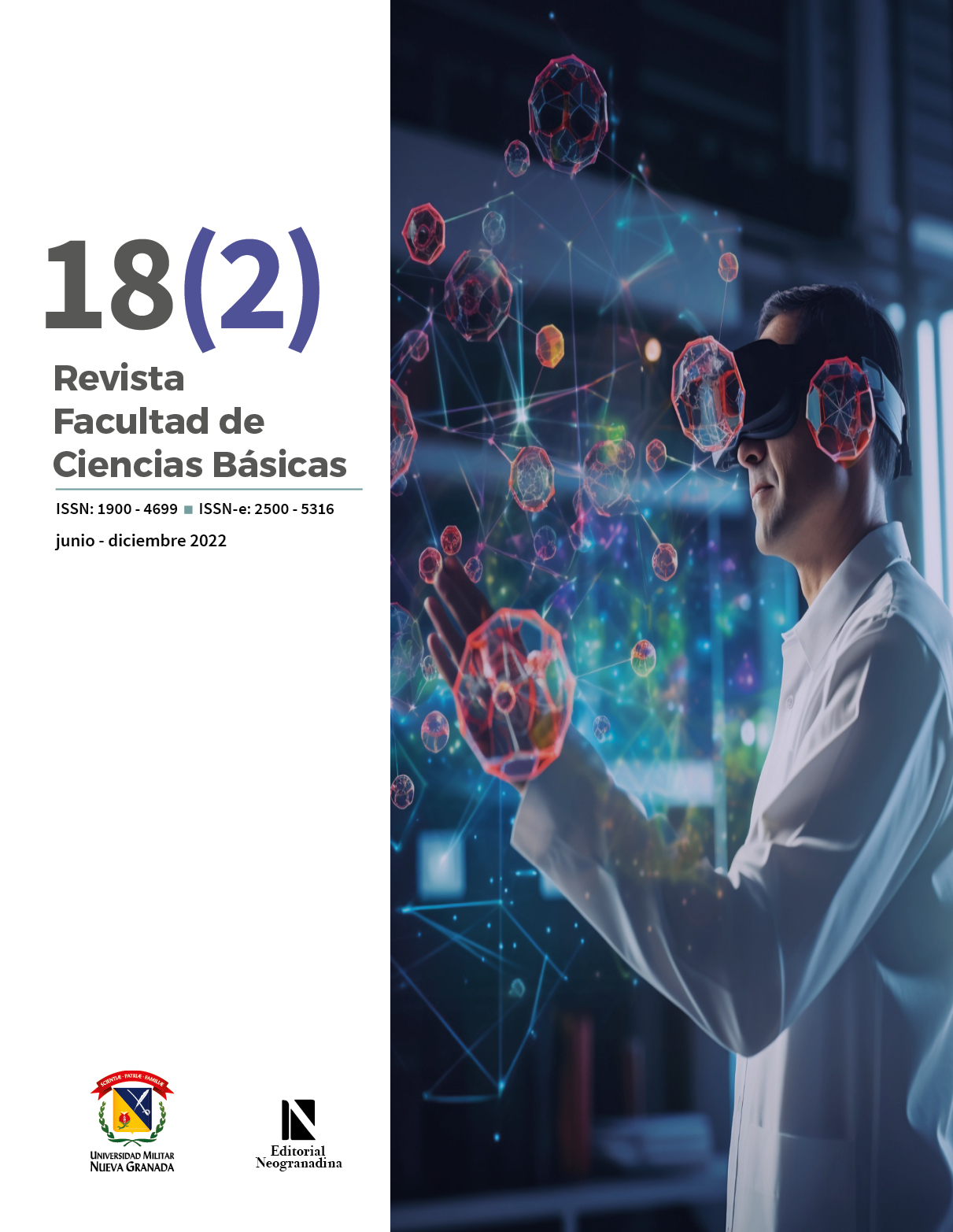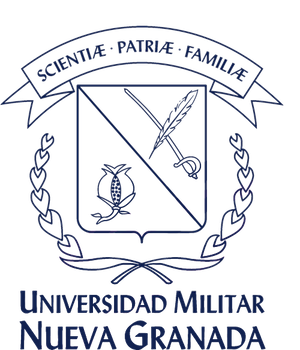Geometry Teaching In The Complex Plane Using A Steam Approach With Computational Thinking
Abstract
The rapid change brought about by technological advances since the second half of the 20th century has created the need for new teaching approaches such as Steam and computational thinking, which allow for improvements in the learning experience and enhance students’ skills. Two cases of application of these approaches in the teaching-learning process are presented to study and understand regions in the complex plane, which are important for engineering and basic science students. Problem solutions from physics depend largely on the geometry of the region in which the solution is sought. This is why graphically representing the region is important in formulating both
the problem and the solution itself. Visualizing these regions is not a simple exercise, so resorting to the use of technology in the classroom serves a dual purpose. On the one hand, by requiring programming language, it fosters the development of analytical and creative mindsets in students, following the parameters of computational logic, and on the other hand, it facilitates the graphical and aesthetic representation of the region. In this article, we outline some problems of regions in the complex plane, describing both their analytical solution and their representation in the plane.
Downloads
References
T. R Kelley y J. G. Knowles, “A conceptual framework for integrated STEM education”, Ij STEM, vol. 3, no.11, 2016, DOI:10.1186/s40594-016-0046-z
A. Stroud y L. Baines, “Inquiry, Investigative Processes, Art, and Writing in STEAM”, en: M. S. Khine y S. Areepattamannil (eds.), STEAM Education Springer, Cham, 2019.
S. Psycharis, “STEAM in education: A literature review on the role of computational thinking, engineering epistemology and computational science. computational steam pedagogy (CSP)”, Scientific Culture, Apr, 4(2), pp. 51-72, 2018.
B. Haas, Z. Lavicza, T. Houghton y Lavaca. Kreis, “Can you create? Visualising and modelling real-world mathematics with technologies in STEAM educational settings”, Current Opinion in Behavioral Sciences, Aug.1, 52, pp. 101-297, 2023.
K. Bati, MI. Yetişir, I. Çalişkan, G. Güneş y E. Gül Saçan, “Teaching the concept of time: A steam-based program on computational thinking in science education”, Cogent Education, Jan 1, 5(1), 1507306, 2018.
L. Volkovyski, G. Lunts y I. Aramanovich, “Problemas sobre la teoría de funciones de variable compleja”, Moscú: MIR, 1977.

Copyright (c) 2024 Revista Facultad de Ciencias Básicas

This work is licensed under a Creative Commons Attribution-NonCommercial-NoDerivatives 4.0 International License.











